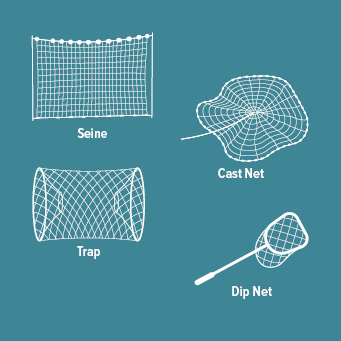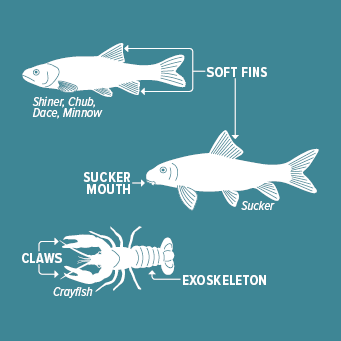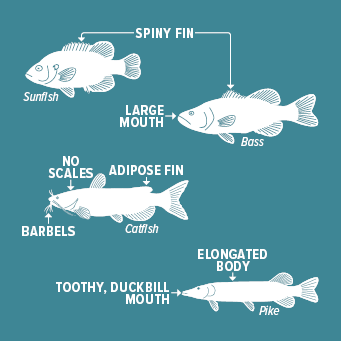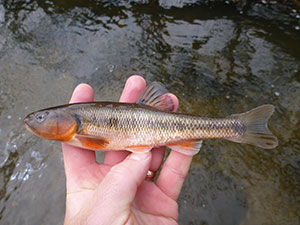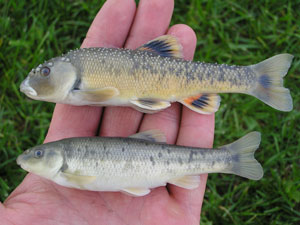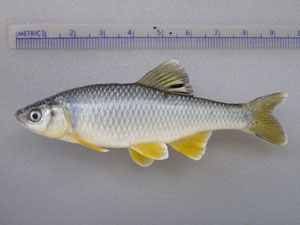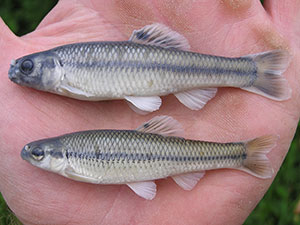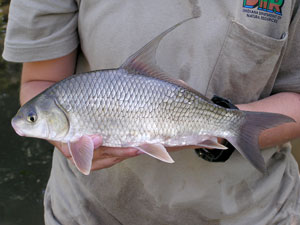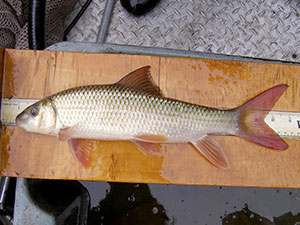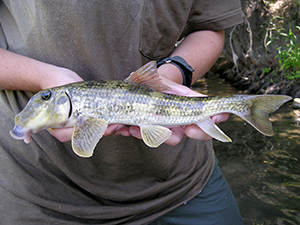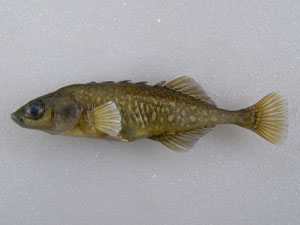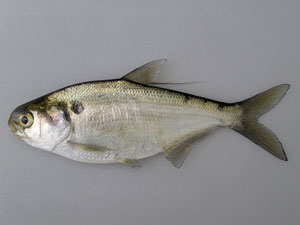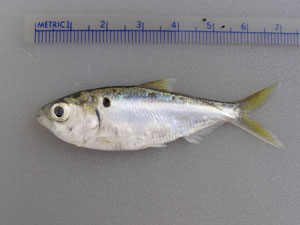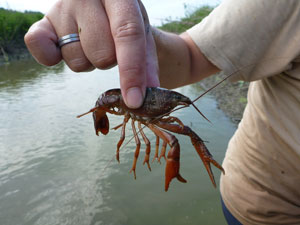Minnows and crayfish are often collected from public waters for anglers to use as bait. In addition to collecting fish and crayfish with legal sport fishing methods (e.g., hook and line, trotline, or bowfishing where legal), nets like seines, cast nets, and dip nets as well as small traps can legally be used. Below is a summary of the rules on using nets and traps for the collection of certain fish species and crayfish.
Specific information on rules can be found in 312 IAC 9-7-15 Minnow Authority and 312 IAC 9-9-2 Crayfish Authority. (Article 9).
Key points
- Anglers must have a valid sport fishing license to participate in fish netting and trapping.
- Anglers can collect an unlimited number of minnows and crayfish at any time of the year, but they cannot be sold. Anglers must not transport beyond the limits of this state more than 100 minnows or crayfish in a 24-hour period unless they have a bait dealer’s license from the DNR.
- Anglers can release fish back into the waters in which they were collected, but gizzard and threadfin shad and invasive species can not.
- Need help identifying a fish? Look at Indiana’s fish species.
- Our district fisheries biologists are available to answer collection questions.
Legal species
Minnows
A minnow is defined by Indiana law (312 IAC 9-6-1) as:
Crayfish
| Legal methods for collection | Inland Waters Any inland waters or boundary waters except for the Ohio River. Anglers cannot collect in waters extending from a dam downstream 500 yards. | Ohio River Excludes bays and tributaries. Anglers cannot collect in waters extending from a dam downstream 200 yards. |
|---|---|---|
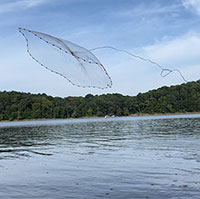 Cast net | Cast nets cannot be more than 20 feet in diameter and must not have stretch mesh* larger than ¾ inch. | Cast nets must not exceed more than 20 feet in diameter and must not have stretch mesh larger than ¾ inch. |
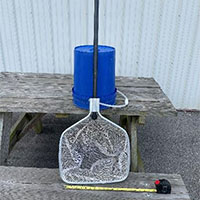 Dip net | Dip nets must not exceed 3 square feet, without sides or walls, and must not have stretch mesh larger than ½ inch. | Dip nets cannot exceed 3 feet in diameter. |
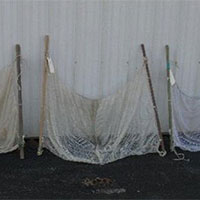 Seine Seine | Seines cannot be more than 12 feet long and 4 feet deep and must not have stretch mesh larger than ½ inch. | Seines cannot exceed 30 feet long and 6 feet deep and must not have a mesh size larger than ¼ inch bar mesh. |
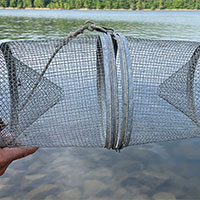 Minnow trap | Minnow traps must not exceed 24 inches in length, and the opening of the trap can be no larger than 2 inches in diameter (same for crayfish traps). | Minnow traps must not exceed 3 feet long and 18 inches in diameter and must not have a throat opening greater than 1 inch in diameter. |
* Stretch mesh means the extended distance or length between the extreme angles of a single mesh of net.

